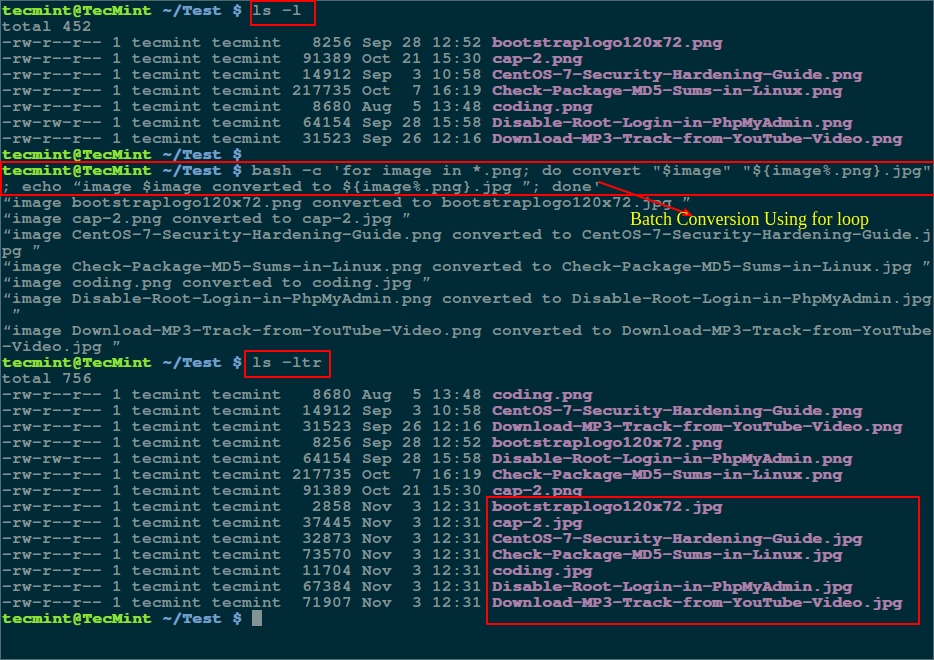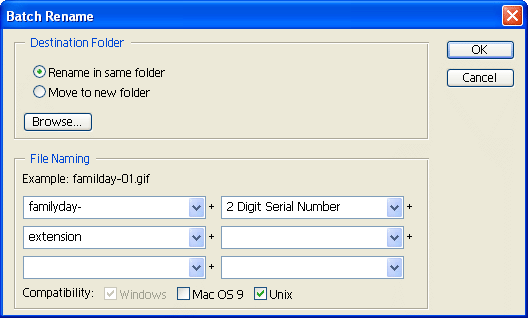

- Imagex batch script example how to#
- Imagex batch script example install#
- Imagex batch script example 64 Bit#
- Imagex batch script example pro#
Next, we need to create an ISO file using this command: oscdimg -b”C:\WinPE_x86\fwfiles\” -n C:\WinPE_x86\media C:\WinPE_x86\WinPE_x86.iso Now copy the script and batch files to this path: C:\winpe_x86\media\

Imagex batch script example 64 Bit#
If your system is a different architecture you’ll need to change these commands, for example, if you’re using a 64 bit processor then change it to amd64 instead of x86. Now that those files are made let’s go ahead and setup the WinPE bootable USB flash drive.įirst open the Deployment and Imaging Tools Environment as an administrator and type this command.
Imagex batch script example pro#
This script was provided by Microsoft’s TechNet and should create the same default partitions as if you are installing Windows 8.1 Pro from the DVD. Rem = Note: for Advanced Format Generation One drives, change to size=260. select disk 0įormat quick fs=ntfs label=”Windows RE tools”

diskpart /s d:\script.txtĭism /Apply-Image /ImageFile:d:\my-windows-image.wim /index:1 /ApplyDir:C:\Ĭreate a third file this time a text file called Script.txt, and then copy and paste this text to the file and save. dism /Capture-Image /ImageFile:d:\my-windows-image.wim /CaptureDir:C:\ /Name:”Windows 8.1 image”Īdd this text to the Install.bat file and save. On your technician computer’s desktop, create two batch files named Capture.bat and Install.batĪdd this text to the Capture.bat file and save. To automate the capture and deploy process as much as possible we are going to create a couple of batch and script files to add to our WinPE USB disk.
Imagex batch script example install#
In this blog, we will use Rufus, which is free to install and use. You will also need to install a program that can create bootable USB drives. Simply install the default options for this project. Basic knowledge of Windows command prompt and possibly DISKPARTįirst, you will need to install Windows ADK for 8.1, which you can download here.
Imagex batch script example how to#
I will show you how to capture a less than 4GB image first then I’ll show you how to use the split image features. Unfortunately FAT32 will only support 4GB file size therefore, if your image is larger than 4GBs you will need to first capture the image to a NTFS drive and then use DISM’s split image feature to split the image up into several smaller images.

Searching online, I found many resources about using Imagex, WinPE, and DISM, but nothing that was an all-in-one guide. Over the years, I’ve always used Windows Deployment Services and while purchasing a USB network adapter with PXE is an option, I did not have time to order any for this project. I decided to try and figure out how to capture and deploy a custom Windows 8.1 Professional image using a USB drive. Recently at work, we ordered around 80 Dell Latitude 10 tablets, and because tablets don’t have the option to be hardwired to the network without an adapter I needed to find a way to create and deploy an image without using the network.


 0 kommentar(er)
0 kommentar(er)
